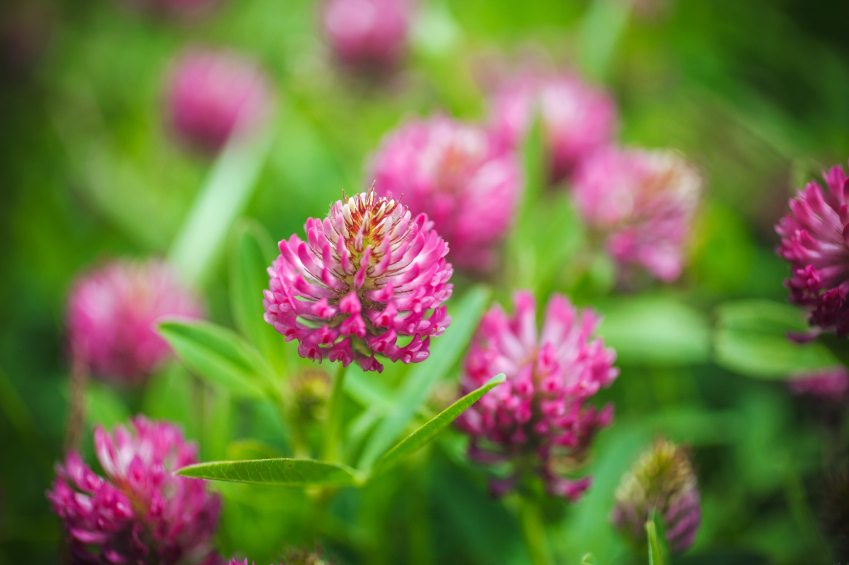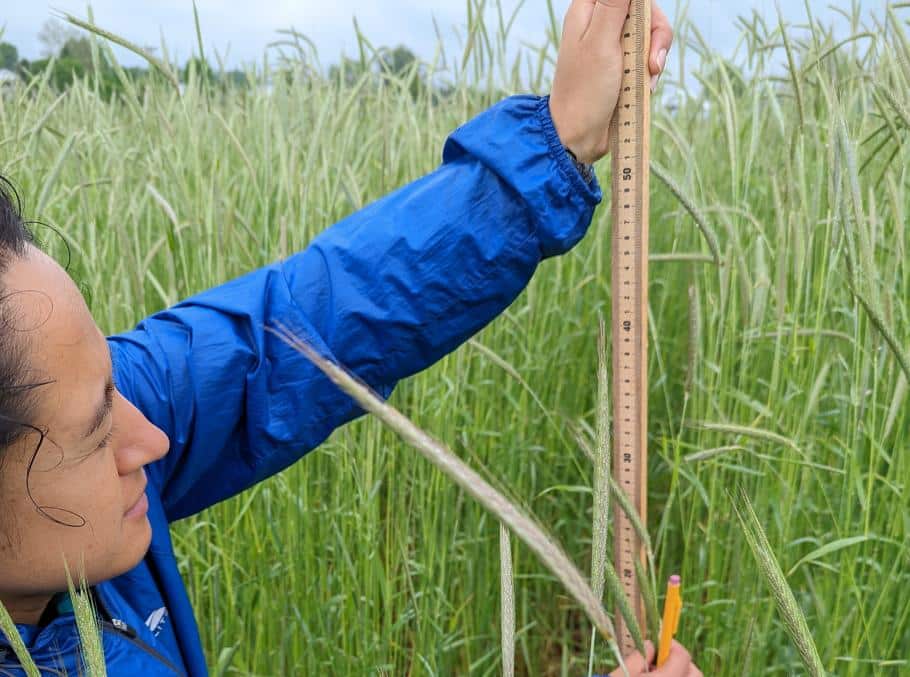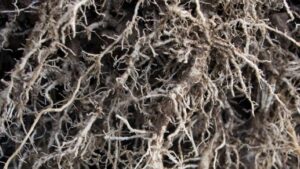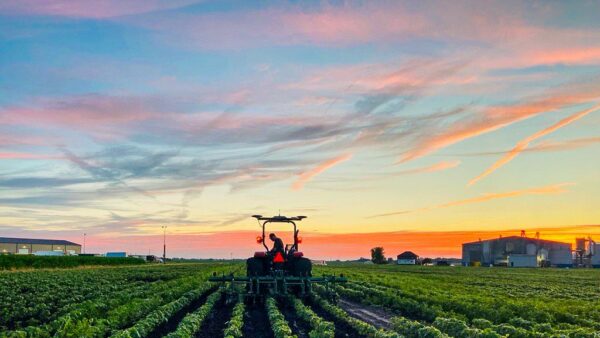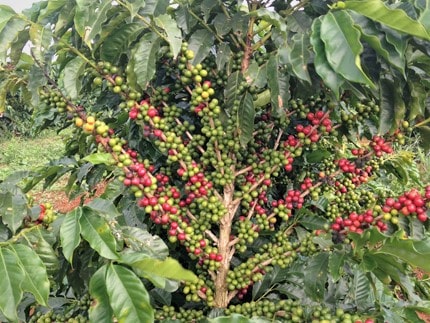Scientists at Aberystwyth University’s IBERS (Institute of Biological, Environmental and Rural Sciences) in Wales and The Genome Analysis Centre (TGAC) in England have sequenced and assembled the red clover genome.
This is a significant scientific milestone for agriculture, the researchers note, as it will enable plant breeders to develop new varieties of red clover suitable for sustainable farming in a challenging and changing environment.
“The goal is for this information to feed into our on-going red clover breeding programme to speed up the improvement of persistency and grazing tolerance whilst maintaining the high biomass yield red clover is known for,” said senior author Dr. Leif Skøt.
“We are combining the complementary expertise of our two institutes to unravel the genetic basis of the architecture of red clover plants. The collaboration reinforces the U.K.’s leadership in translating the development of genetic and genomic resources from fundamental science to applications with a potential impact on the local and national economy.”
Forage legumes, in particular clovers, are key components of more sustainable livestock agriculture, as their use will reduce the need for industrial nitrogen fertilizer and also serve as a source of home grown protein for animal feed.
Until the 1960s, the use of these legumes was essential to maintain soil fertility in crop rotations. Since then its use declined chiefly as a consequence of the availability of cheap industrially-made nitrogen fertilizer.
However, the need to now reduce the environmental footprint of livestock farming and increase the supply of homegrown fodder protein is driving a comeback for red clover and other forage legumes, and increased use of red clover in livestock farming is dependent upon genetic improvement of this crop.
An ongoing project at IBERS and TGAC aims to use a collection of diverse natural lines of red clover for breeding new elite varieties more resistant to grazing and stomping by livestock, and to understand the domestication process that led to the adoption of red clover as a crop.
This draft genome will assist the on-going breeding programme, by speeding up the incorporation of beneficial traits from a panel of diverse red clover plants sampled from all around Europe for use in sustainable agriculture.
Lead author Jose de Vega, researcher at TGAC, said: “The publication of the red clover reference genome is an important milestone, as it represents the first genome sequence of the clover forage crops, which are key components of more sustainable livestock agriculture.
“The availability of the genome assembly will pave the way towards genomics-assisted breeding methods for forage legumes, and provide a platform for deeper understanding of the genetics of forage crop domestication.”
“Red clover is attractive because of its high protein content, diversity and ability to fix atmospheric nitrogen, but enhancing its role in sustainable agriculture requires improvements of persistency, disease resistance, and tolerance to grazing.”
This is one of the first results of the collaboration between The Genome Analysis Centre in Norwich, and IBERS, Aberystwyth.
This is a pipeline right from genome sequence to new red clover varieties. This work results from the partnership between, TGAC, IBERS and Germinal Holdings LTD, part funded by the latter through TGAC Capacity and Capability Challenge (CCC) programme, and a Responsive Mode award from the BBSRC.
IBERS and TGAC are strategically funded by BBSRC and TGAC operates a National Capability to promote the application of genomics and bioinformatics to advance bioscience research and innovation.


